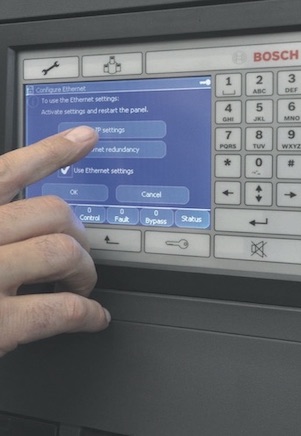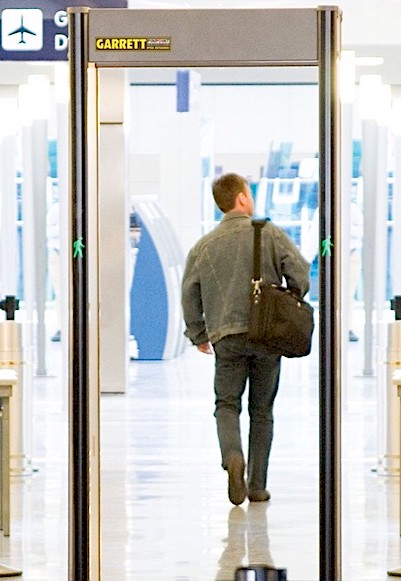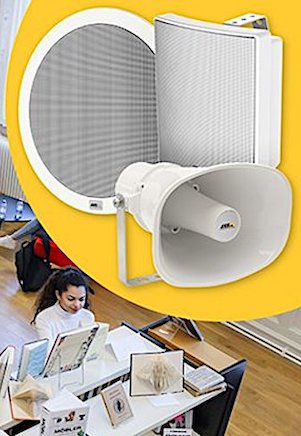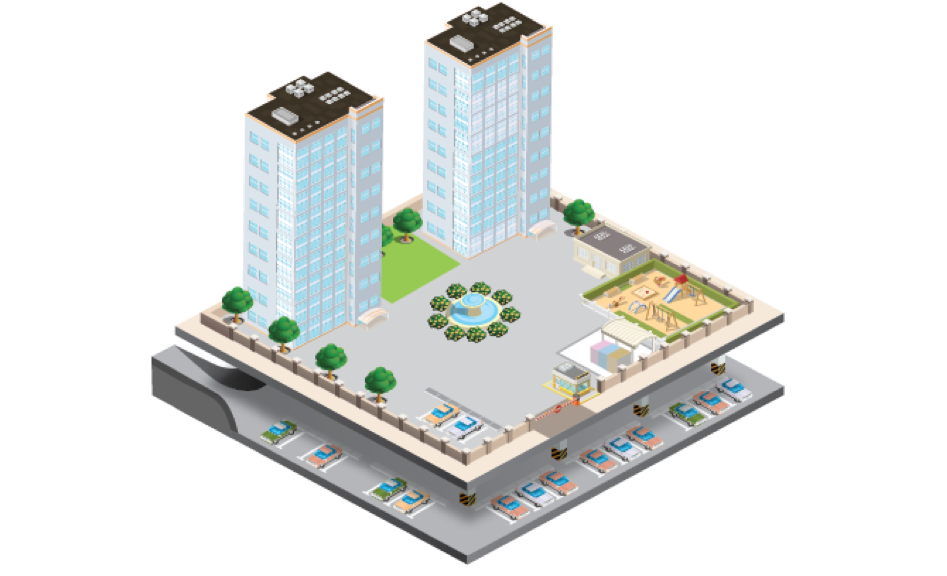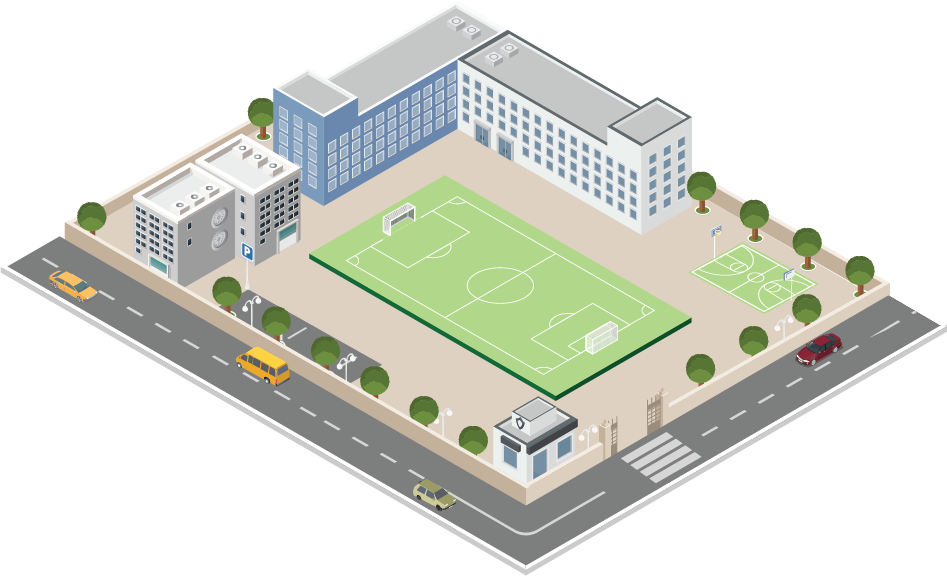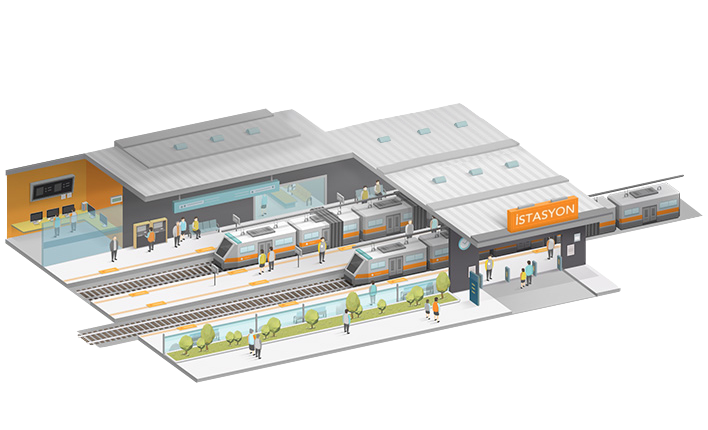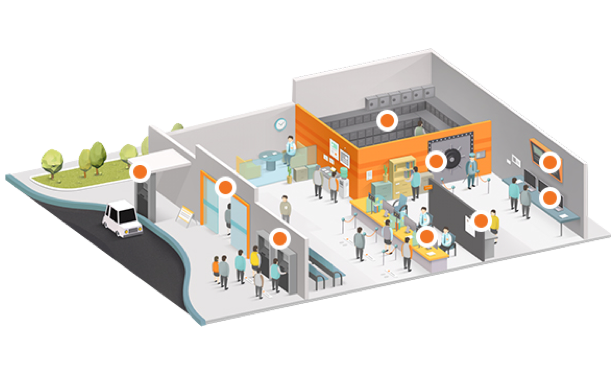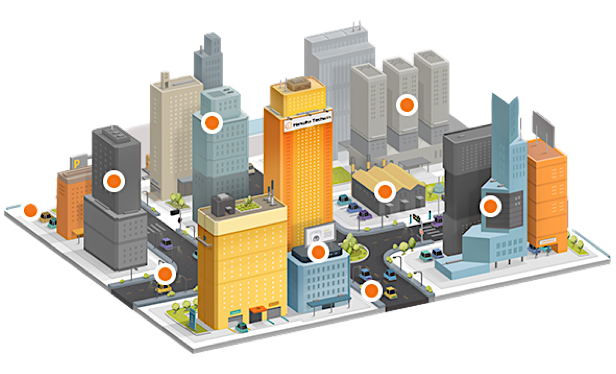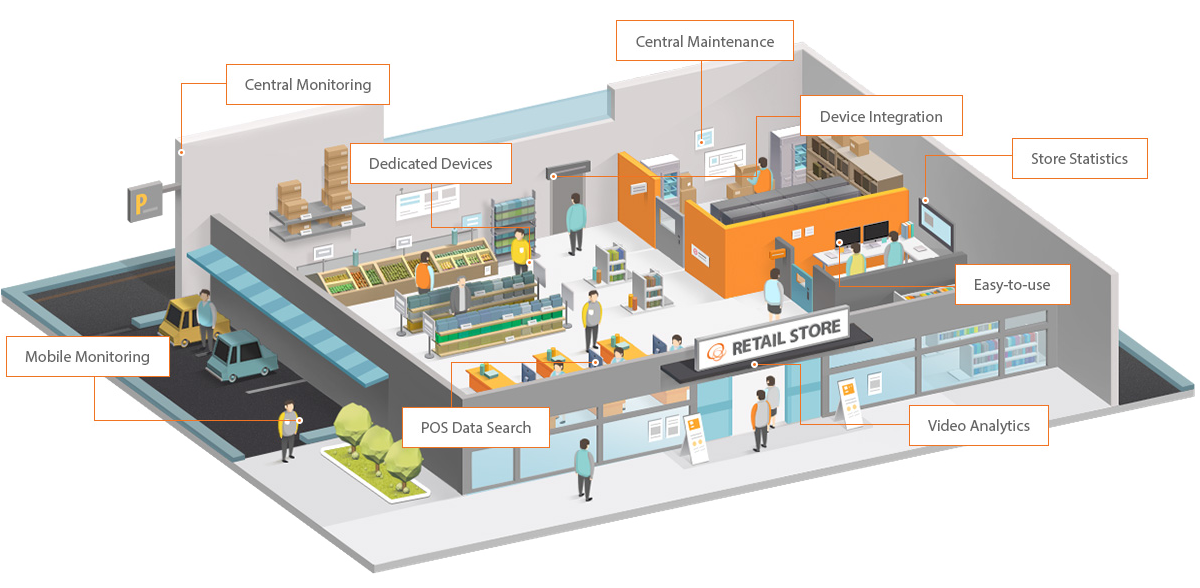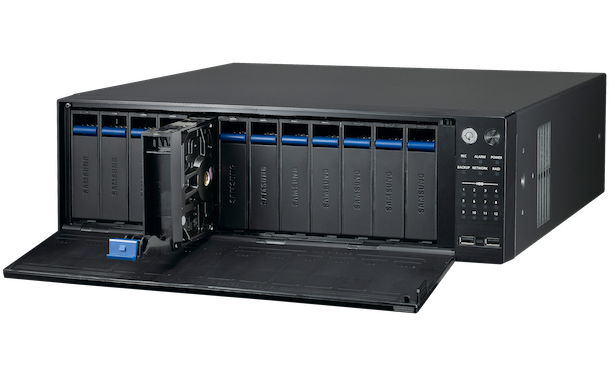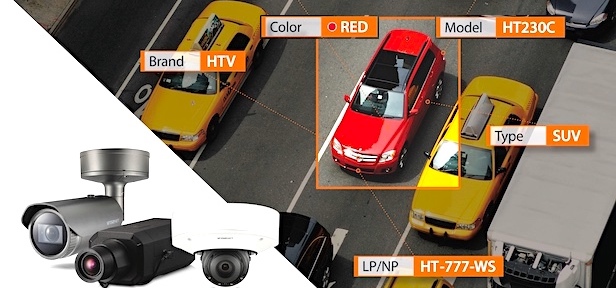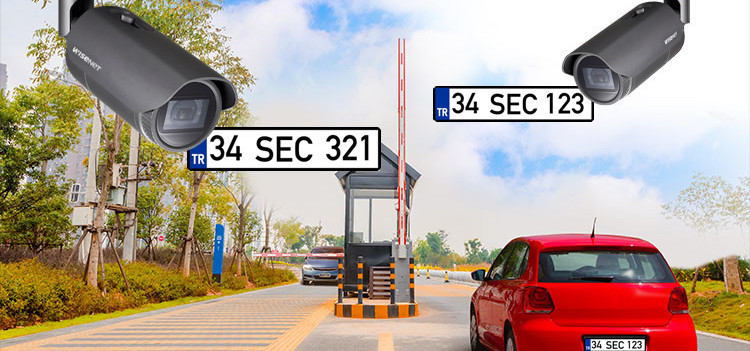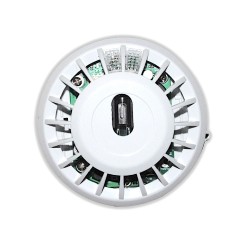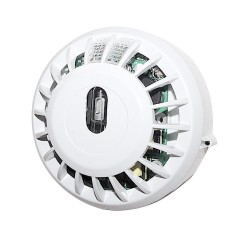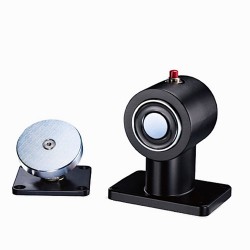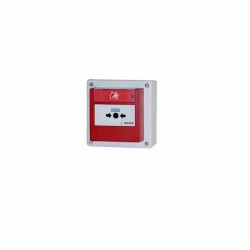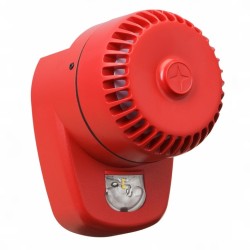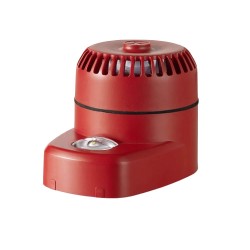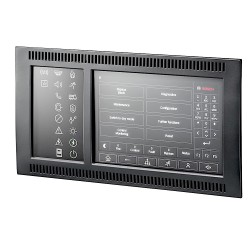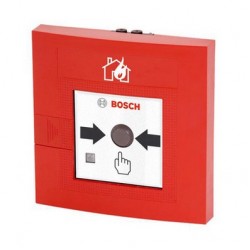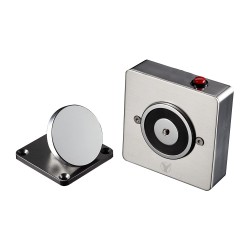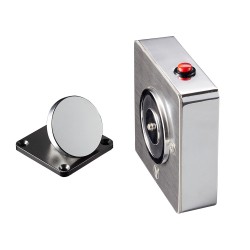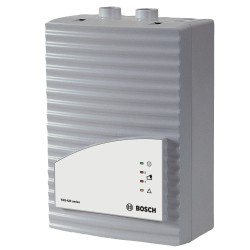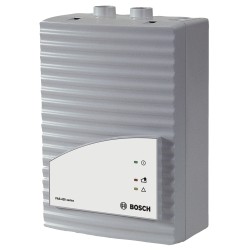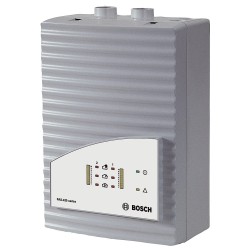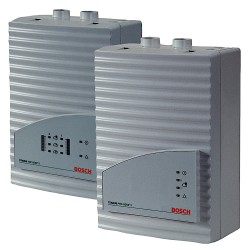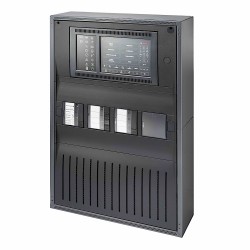Fire Alarm Systems
Brand: EDS
Model: ECF
ECF, Flame Detector
Main Features4 different detection timers 90 ° Conical Detection AreaAlarm LED indicator Alarm sound (Optional) Alarm memory LED12m Detection RangeUltraviolet Detection (185 ~ 260nm)Detection at a distance of 10 meters Supply voltage range 10 - 30V DCDry ..
Brand: Gianni
Model: GD-900F
GD-900F, Magnetic Door Holder, 24VDC, Floor Type
Kapı tutucusu, büyük ölçekli binalarda, yangın merdiveni kapıları arasına monte edilen bir güç kaynağından enerji alan, arıza emniyetli bir ünitedir. Yangın önleme sistemi bir yangın alarmı veya acil durum tespit ettiğinde, kapı kapatıcının kapıyı ka..
Brand: Bosch
Model: FMC-420RW-HSGRD
FMC-420RW-HSGRD, Addressable Fire Call PointAnalog addressable manual call point with glass pane for outdoor use, direct alarm triggering (type A), surface- mounted, red/ whiteSingle Action Call Points LSN improvedFMC‐420RW Single Action Call Points are used for manual triggering and can be employed..
Brand: Bosch
Model: ROLP-R-LX-W-RF
ROLP-R-LX-W-RF, LX Sounder Beacons ConventionalThe LX Sounder Beacons are for dual use applications where a visual alarm device is required in addition to an audible alarm.FunctionsThe device has a unique lens design to achieve the required illumination specified by EN54-23. The flash rate as well a..
Brand: Bosch
Model: FPE-8000-PPC
FPE-8000-PPC, Panel controller (Premium License)The panel controller is the central component of modular Bosch fire alarm panels. All messages are shown on the color display. The entire system is operated via a touch screen. The user-friendly user interface adapts to various situations. This allows ..
Brand: Bosch
Model: FPE-8000-SPC
FPE-8000-SPC, Panel controller (Standard License)The panel controller is the central component of modular Bosch fire alarm panels. All messages are shown on the color display. The entire system is operated via a touch screen. The user-friendly user interface adapts to various situations. This allows..
Brand: YLI
Model: YD-603
YD-603, Wall & Mortise Mounted Magnetic Door Holder
YD-603 is a mortise or wall mount door holder. Feature of low power consumption makes it more environmental friendly and more durable. Build-out release button for testing and build-in MOV reverse current protection.
Product ParameterParame..
Brand: Bosch
Model: FAS‐420‐TP2
FAS‐420‐TP2, Aspirating Smoke Detector(2 Detector)
The FAS‐420 Series Aspirating Smoke Detectors are specially designed for direct connection to the Local SecurityNetwork LSN improved version with the extended features. They are active fire detection systems for early fire detection in area and equ..
Brand: Bosch
Model: FAS‐420‐TP1
FAS‐420‐TP1, Aspirating Smoke Detector(1 Detector)
The FAS‐420 Series Aspirating Smoke Detectors are specially designed for direct connection to the Local SecurityNetwork LSN improved version with the extended features. They are active fire detection systems for early fire detection in area and equ..
Brand: Bosch
Model: FAS-420-TT2
FAS-420-TT2, Aspirating Smoke Detector(2 Detector)
The FAS‐420 Series Aspirating Smoke Detectors are specially designed for direct connection to the Local SecurityNetwork LSN improved version with the extended features. They are active fire detection systems for early fire detection in area and equ..
Brand: Bosch
Model: FPA-2000-PWM
FPA-2000-PWM, Addressable Panel Kit Premium LicenseFPA-2000-PWM comes with 1 LSN-300A Loop card. You can expand the panel up to 4 loops. You can add up to 3 LSN-300A to your cart and increase it to 4 loops.
Compact modular fire panel, expandable up to 4 loops, provides c..








